Tideland Solar Buoys Mark Wrecks in Norwegian Arctic
Two SB-138P polyethylene buoys with solar-powered ML-140 LED lanterns from Tideland Signal are being used to mark wrecks in the approaches to the port of Narvik in the far north of Norway.
The new SB-138P buoys are replacing old battery-operated steel buoys from the 1980s that required extensive maintenance and costly battery changes. They are wreck-markers for the British 8770 ton iron- ore carrier Romanby and the Swedish 8,855-ton iron-ore carrier Stråssa, both sunk in Narvik inner harbor during a World War II battle on April 10, 1940.
Despite the severely limited winter light at these latitudes, the first of the Isolated Danger buoys to be installed has given reliable, trouble-free service during its first season. Rune Skavik Harbor Master at Narvik commented, “One of the Tideland buoys delivered was installed November 2012 and has functioned perfectly. We were a little worried whether the batteries would last through the darkest months (2-3 hours daylight) but it has worked out very well. The second will be installed in May this year. The buoy is very calm in heavy seas. Up to now there has been no need to clean the solar panels. So far we are very pleased with the performance of the new buoys.”
Both buoys carry Tideland ML-140 lanterns fitted with MaxiHALO-60 LED flasher, giving a range of 4NM. Solar panels with a total capacity of 70W are mounted on the tower section of the buoy feeding a 200AH battery housed within a watertight compartment. The MLED-140 MaxiHALO configuration combines Tideland's proven MaxLumina lenses with advanced LED technology to provide long service life with reduced maintenance. The lanterns are extremely reliable, rugged, provide high opto-electrical efficiency and require little maintenance - even under harsh operating conditions.
Tideland's SB-138P buoys feature a robust, maintenance-free construction of rotationally molded, UV-stabilized, self-colored polyethylene filled with expanded polystyrene. These are believed to be the first roto-molded buoys to be installed in Norwegian waters. Ballast is internally located in the mooring/lifting eyes are molded into the buoy body to ensure a smooth, easily maintained external profile. There are no external corrodible parts.
www.tidelandsignal.com

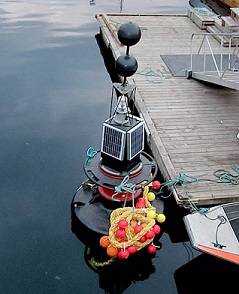
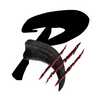
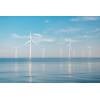
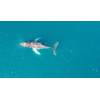
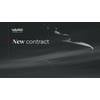
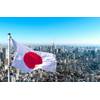
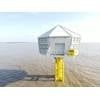










 December 2025
December 2025



